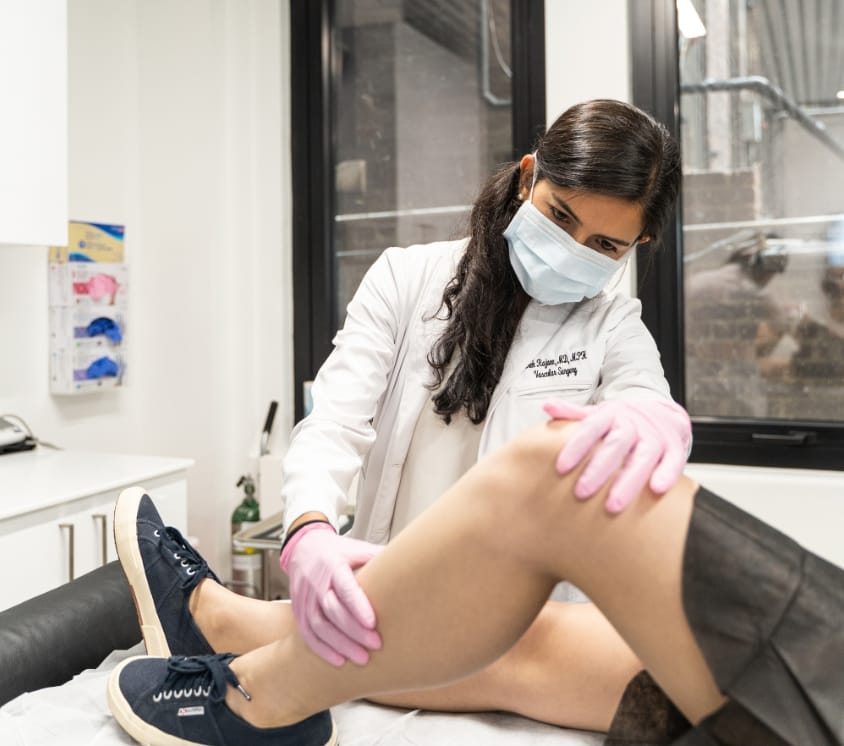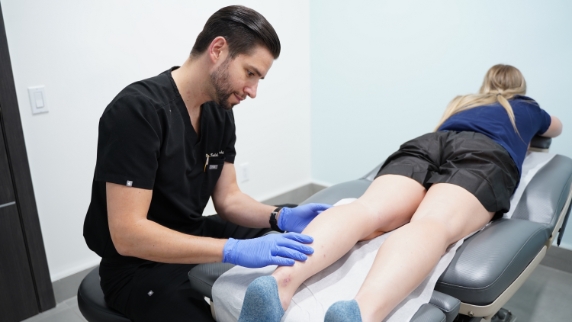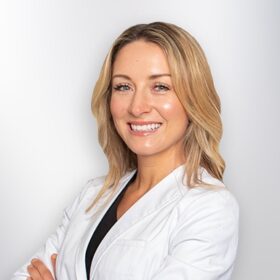Many people live with vascular vein disease, which occurs when blood vessels become inflamed, weak, or develop fatty deposits. Since these deposits accumulate over time, symptoms often emerge only when veins and arteries sustain severe damage. The disease presents in different forms, depending on whether it affects the arteries or veins.
- When arteries are affected, the condition is often diagnosed as Peripheral Arterial Disease (PAD), leading to leg pain due to reduced circulation.
- When veins are affected, the condition is known as venous reflux disease or chronic venous insufficiency (CVI). In this condition, faulty valves cause blood to pool in the veins instead of circulating properly.
This constant pooling increases vein pressure, leading to varicose veins—large, swollen, and twisted leg veins. If you have noticed these symptoms, seeking treatment from a NYC vein doctor at a specialized Vein Treatment Clinic is essential. Early intervention can prevent painful complications in the future.
Who is at Risk of Vascular Vein Disease?
While both men and women can develop vascular vein disease, women are at higher risk due to several factors:
- Pregnancy: Increased blood volume and hormonal changes contribute to vein problems.
- Hormonal Contraceptives: Birth control pills can weaken vein walls, making them more susceptible to disease.
- Menopause: Hormonal imbalances can further weaken veins, increasing the risk of varicose veins.
Other common risk factors include:
- Genetics: A family history of vein disease, stroke, PAD, or heart conditions increases your likelihood of developing venous insufficiency.
- Obesity: Excess weight places pressure on the legs, affecting circulation and vein function.
- Sedentary Lifestyle: Lack of movement contributes to poor blood circulation, leading to vein complications.
- Standing or Sitting for Prolonged Periods: People in professions requiring long hours on their feet (teachers, nurses, retail workers) or prolonged sitting (office workers, drivers) are at a higher risk.
- Smoking: Damages blood vessels, reducing circulation and increasing the likelihood of vein disease.
- Aging: As we age, vein valves weaken, increasing the risk of vascular conditions.
Lifestyle modifications such as regular exercise, taking breaks from prolonged standing or sitting, maintaining a balanced diet, and quitting smoking are highly recommended to reduce your risk. Additionally, consulting an NYC vein doctor for a vein evaluation is crucial for early detection and treatment.
Symptoms of Venous Reflux Disease
Venous reflux disease does not always produce symptoms, but when present, they may include:
- Varicose veins: Enlarged, twisted, dark purple or blue veins that are highly visible.
- Spider veins: Small, web-like veins that may cause discomfort.
- Leg heaviness and fatigue: More pronounced after a long day and relieved by leg elevation.
- Aching cramps: Common at night, causing discomfort and sleep disturbances.
- Burning or throbbing pain: Particularly in areas with visible varicose veins.
- Swelling: Notable in the ankles and feet after prolonged standing or sitting.
- Skin changes: In advanced cases, skin can become discolored, itchy, dry, or thin.
Symptoms typically worsen after prolonged leg strain but can improve with movement, leg elevation, and compression therapy. If your leg veins cause pain, embarrassment, or discomfort, scheduling a consultation with an NYC vein doctor is highly recommended.
Complications of Untreated Venous Insufficiency
Ignoring venous disease can lead to severe complications, which may require more complex treatments.
1. Varicose Eczema
Also known as gravitational, venous, or stasis eczema, this is a chronic skin condition affecting individuals with venous insufficiency. Symptoms include:
- Itchy, dry, flaky skin
- Redness and swelling
- Crusting or weeping skin lesions
- Hardened or darkened skin (atrophie blanche)
Without treatment, varicose eczema can progress to venous ulcers. Management typically includes compression therapy, topical corticosteroids, and vein treatments to address the underlying venous disease.
2. Venous Ulcers
Venous ulcers are chronic open sores that typically develop around the ankles or calves due to prolonged vein disease. These ulcers:
- Take months to heal
- Cause pain, swelling, and discomfort
- May produce a foul-smelling discharge
- Increase the risk of infection
Treatment options: Cleaning and dressing the wound, compression stockings, and, most importantly, treating the underlying venous insufficiency. If left untreated, venous ulcers often recur.
3. Phlebitis (Vein Inflammation)
Phlebitis occurs when a vein becomes inflamed due to blood clots or vein wall injury. Symptoms include:
- Painful lumps under the skin
- Skin redness and tenderness
- Localized swelling
If the clot forms in a deep vein (deep vein thrombosis – DVT), there is a higher risk of serious complications, including pulmonary embolism. Early medical intervention is critical.
Treatment options:
- Leg elevation to reduce swelling
- Regular movement to improve circulation
- Compression stockings to support veins
- Pain management with over-the-counter medications
- In severe cases, minimally invasive procedures to remove the affected vein
When to See an NYC Vein Doctor
If you experience any symptoms of venous disease, it’s crucial to visit an experienced NYC vein doctor for an accurate diagnosis and personalized treatment plan.
Why Choose Vein Treatment Clinic?
At Vein Treatment Clinic, our board-certified vein specialists provide:
- Comprehensive diagnostic testing to assess your vein health
- Minimally invasive treatments with little to no downtime
- Personalized care plans tailored to your condition
- Insurance verification assistance to maximize coverage
Final Thoughts
- Vascular vein disease is a progressive condition that, if left untreated, can lead to serious complications like varicose eczema, venous ulcers, and phlebitis.
- Early detection and treatment by an NYC vein doctor can help prevent long-term damage and improve your quality of life.
- Minimally invasive treatments such as sclerotherapy, radiofrequency ablation, and laser treatments offer highly effective results with quick recovery times.
If you are experiencing pain, discomfort, or visible vein changes, don’t wait. Seek expert care at Vein Treatment Clinic for advanced, personalized vein treatment solutions.















